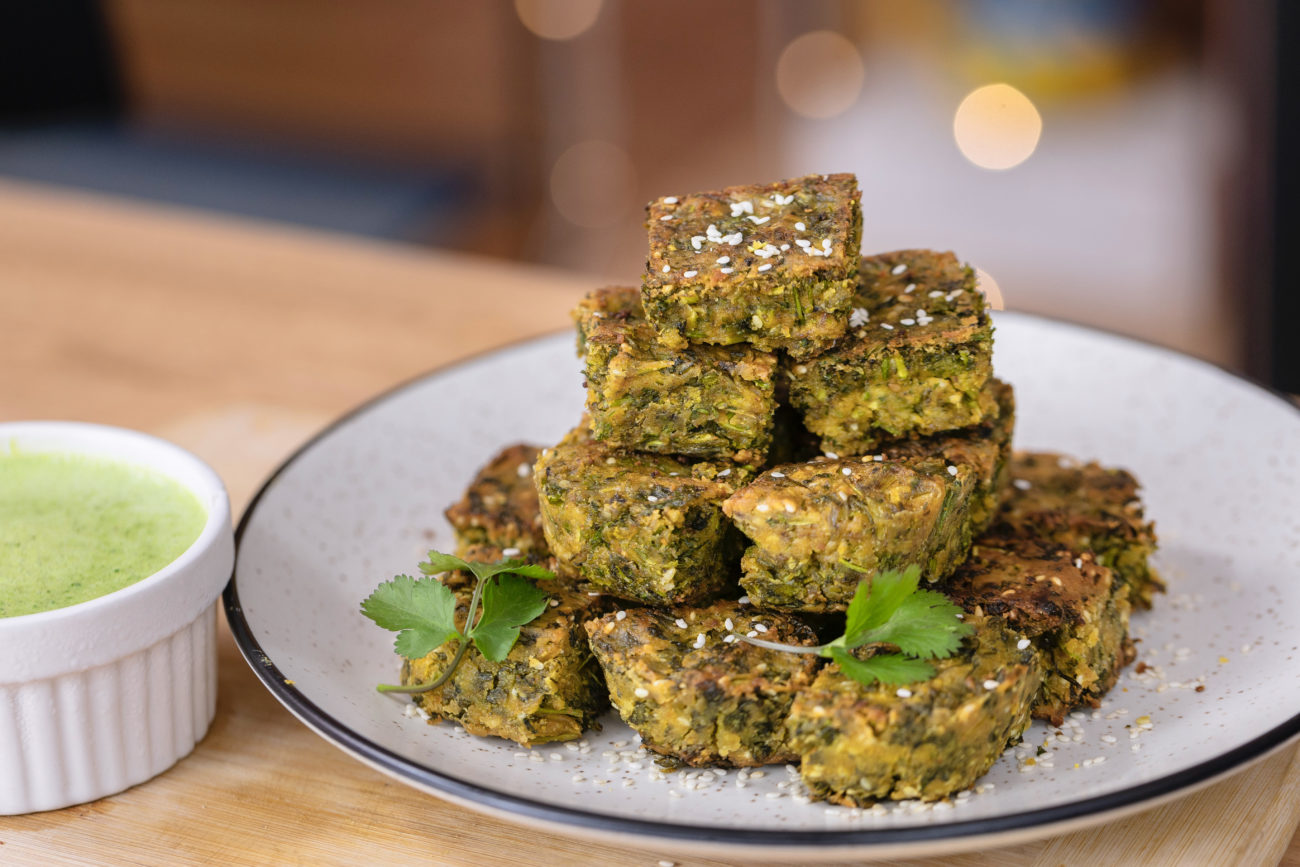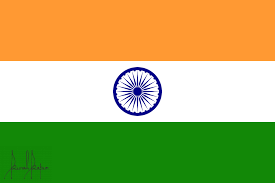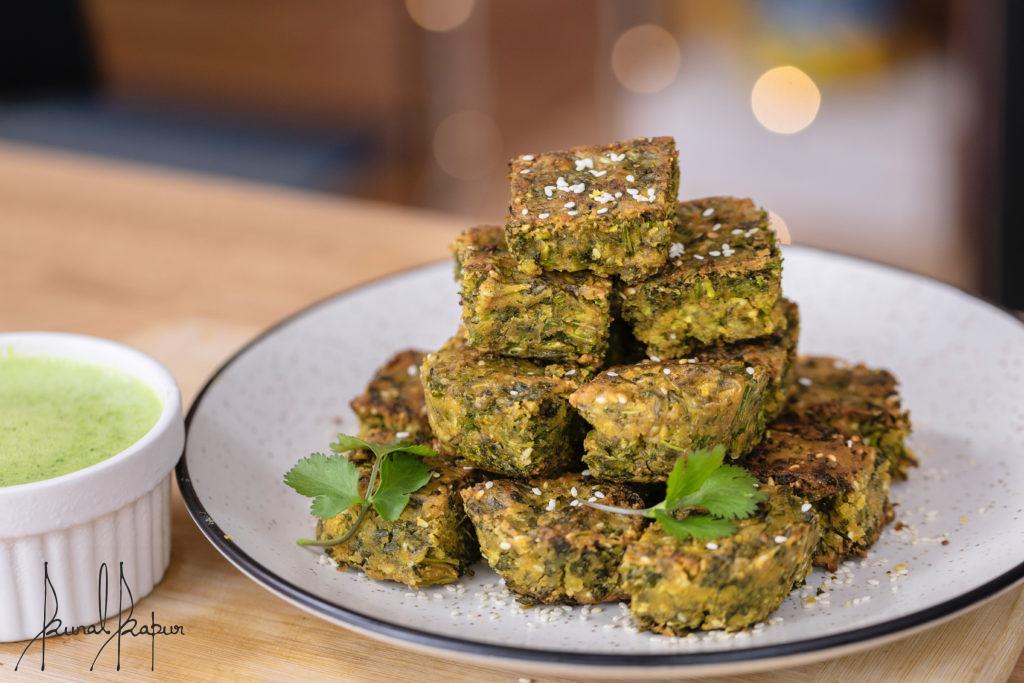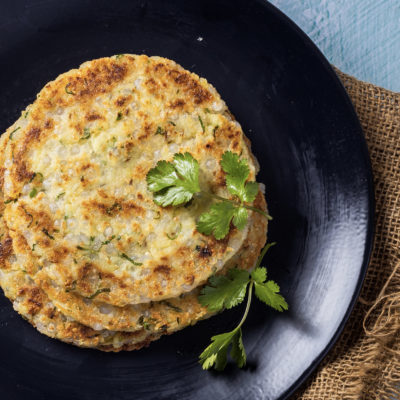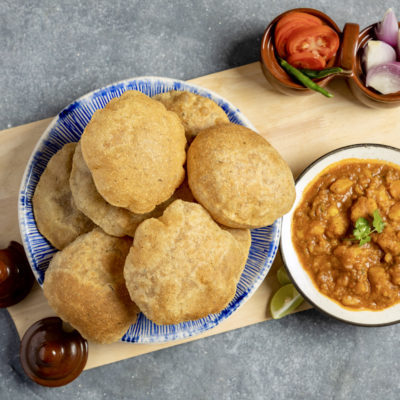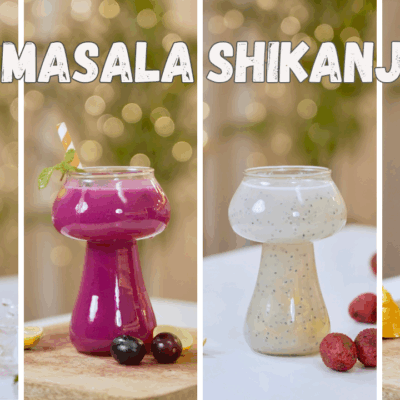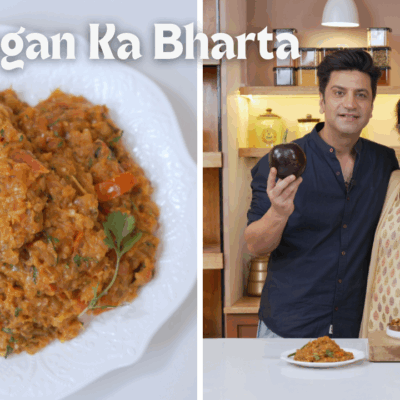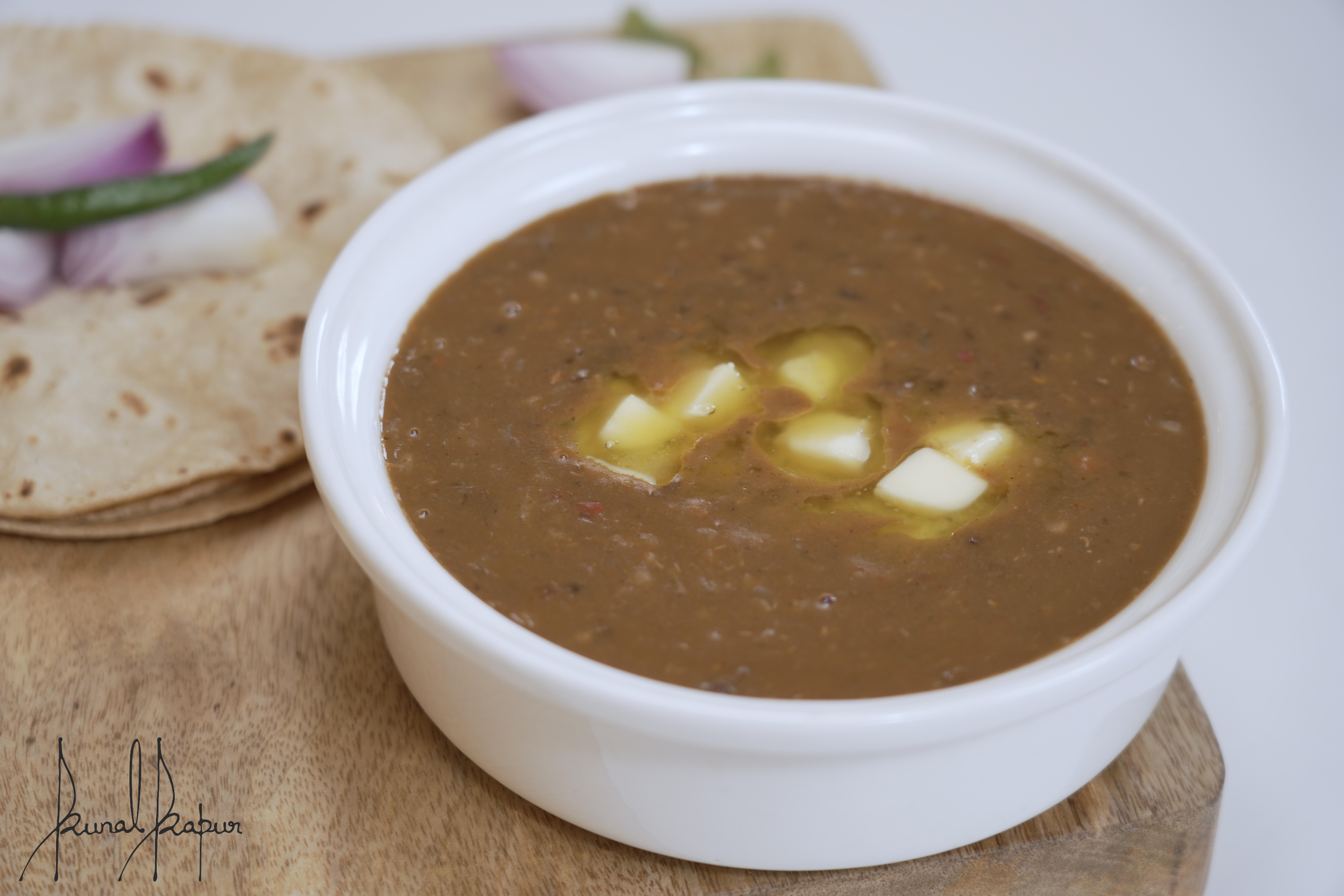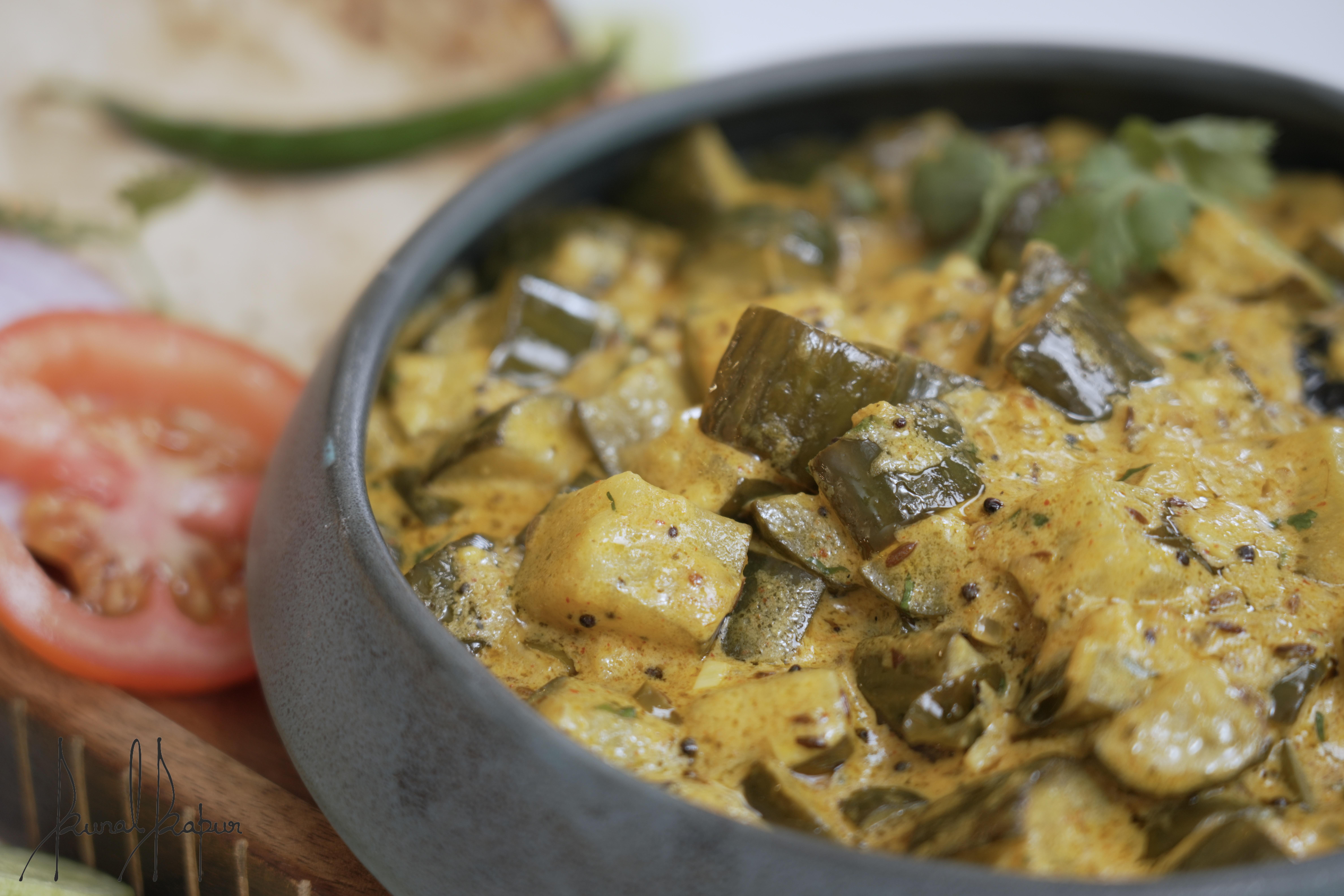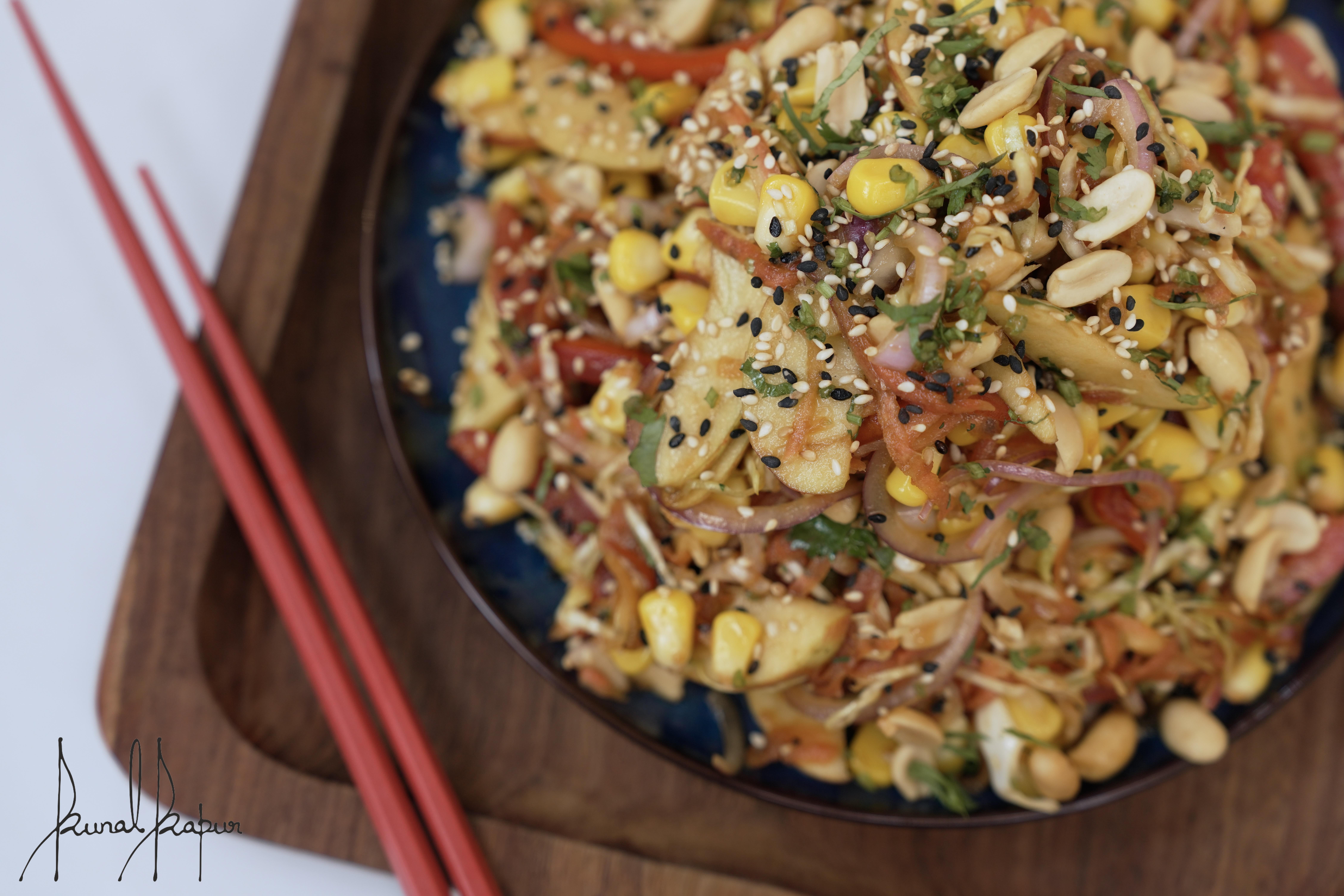Directions
Kothimbir Vadi or Kothambir Wadi literally translated means Coriander Wedges is a popular Maharashtrian veg snack recipe made using lots of coriander.
India’s most loved herb Coriander aka Dhania is loaded with nutrition and this simple recipe using fresh coriander leaves and besan (gram flour) is steamed and then cut into squares or wedges. it can be served as it after steaming but the more popular version is to fry them after steaming. This gives them a crisp outside and a soft inside.
Sesame or peanuts give them slight nutty taste. In case you want to replace coriander leaves in the recipe you can do so by add spinach leaves to it.
Once the kothambir badi is steamed you can cut them as it and serve or you may temper it with mustards seeds, curry leaves and grated coriander or can shallow/deep fry them and serve.
Chutney is very important with this vadi because it has besan (gram flour) which tends to give a dry mouth feel. The spring onions give a subtle onion taste to the chutney and is a healthy chutney recipe that you can serve with a variety of dishes.
Ingredients
For Badi
Coriander (roughly chopped) – 3 cups
Besan (chick pea flour) – 1cup
Salt – to taste
Chilli powder – ¾ tsp
Turmeric – ½ tsp
Garam masala – ½ tsp
Green chilli chopped – 1no
Cumin powder – 2 tsp
Sugar (optional) – 1tbsp
Heeng – ½ tsp
Til (Sesame) – 3tbsp
Lemon – ½ no
Rice flour – ¼ cup
Water – 3-4tbsp
Oil – 1tbsp + ½ cup
Hare Pyaz Ki Chutney
Spring onion chopped – 2 cups
Mint – ½ cup
Coriander – ½ cup
Green chilli – 1no
Ginger chopped – 2tsp
Black salt – ¾ tsp
Salt – to taste
Chaat masala – 2 tsp
Lemon – 1no
Curd (thick) – ½ cup
Ice Cubes – few
Water – a dash
Note – size of the glass bowl I am using is 13.5cmx13.5cmx3.5cm (LxBxH)
Steps
|
1
Done
|
For Kothambir Vadi |
|
2
Done
|
This gentle mashing will allow coriander to start loosing its water and make the ingredients come together as a dough ball. |
|
3
Done
|
Make sure not to add excess water nut just a few spoons as mentioned in the ingredient list. Once it comes together drizzle oil and keep aside. Take a glass bowl, a deep steel plate or any bowl that can be used for steaming. Apply a little oil on the inside of the bowl and place the kothambadi dough in it. Using your fingers press it to level it from all sides. I am using a glass bowl of the this dimension 13.5cmx13.5cmx3.5cm (LxBxH). |
|
4
Done
|
You can steam this in a steamer for 15mins if you have a steamer at home. The other way is to boil water in a large handi, place a metal ring or katori. On this ring or katori place the bowl to steam, just make sure that water should not touch the bowl. Steam for 15mins and then remove. |
|
5
Done
|
Give rest for 5mins and then run a knife on all the sides to loosen it. Upturn the kothambir vadi on to a chopping board and then cut them into squares. |
|
6
Done
|
Heat a pan and add ½ cup oil. Now shallow fry the wadis on medium heat till they brown, turn them to the other side and brown them again. |
|
7
Done
|
Remove and serve them hot with chutney. |
|
8
Done
|
For Hare Pyaz Ki ChutneyAdd all the ingredients in a mixer grinder and grind it to a fine paste. Remove to a bowl and serve. This chutney can be kept for maximum of 3 days in a fridge. |


